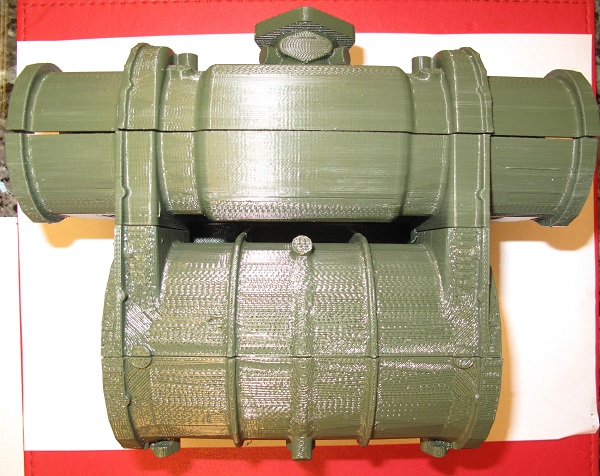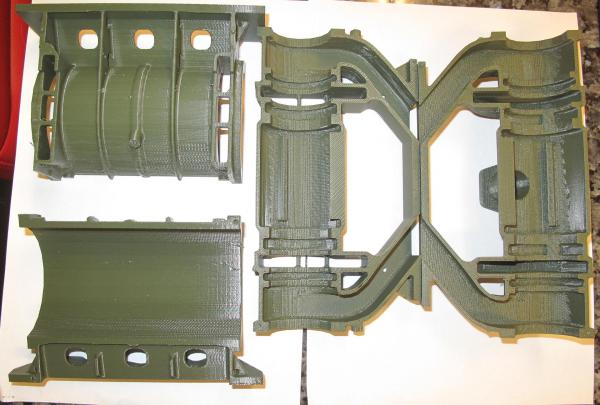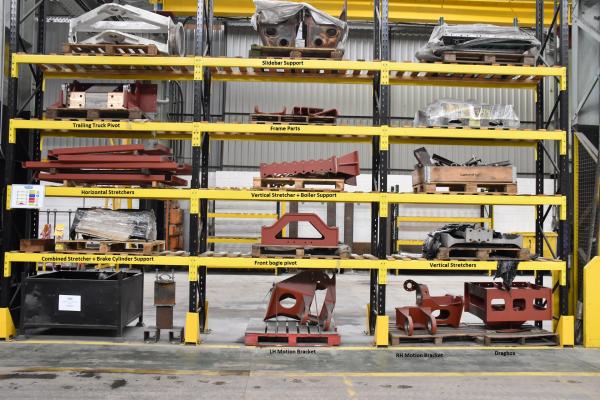Build Diary entries for March 2018
Here are the diary entries for this month. You can use the forward and backward links to see the next or previous months. Most photos taken before 2018 are small size. From 2018 onwards, most photos you see below will have a link to a full size image by clicking on the photo.
| Previous Month | Return to 2018 | Next Month |





